The giants of the global market – Starbucks, McDonald’s, Apple – cannot exist without regular marketing research. It provides them with the opportunity to communicate with their audience. Small businesses may say they can’t afford it, but quality market research is a strategic investment in any commercial project. Market research allows you to determine your competitive advantages, quickly respond to market changes and know your clients thoroughly.
What is Market Research?
Market research aims to gain meaning from consumers (their behavior, preferences and desires), competitors and the market environment. It can be carried out by both employees of the company and any agency specializing in this.
Why is Market Research Important?

Conducting marketing research is the basis for making an effective managerial decision. Marketers use the information to find connections between products, customers, and niches. Therefore, marketing research is first carried out when a company faces a certain problem. Its purpose is to collect, process, and analyze information (quantitative and qualitative). Often marketing research refers specifically to the client, who plays a key role in shaping the direction of the company’s development: what they like, what they don’t like, whether to add a new product to the line, change the positioning, etc.
Types of Market Research

Different types of marketing research require different approaches and, accordingly, obtain different results. So let’s take a closer look at these types.
Qualitative research
Qualitative research is done to “get to the essence” – to answer the questions: “What?”, “How?” and “Why?”. This strategy uses open-ended questions, with the main goal of getting a full explanation to solve a problem.
Quantitative research
Quantitative research is used to collect and analyze numerical (statistical) data. They allow you to objectively assess the situation by comparing indicators, predicting future results and setting a goal in quantitative terms. However, in quantitative analysis, the context of the study does not play a role – only the data presented are taken into account. The drawback is that it is difficult to use only numeric to explain complex concepts and processes.
Primary research
Collection of preliminary information. This includes focus groups, in-depth interviews, observations. The initial information is the most truthful, however, the client may refuse to answer, provide false information (intentionally or due to misunderstanding of the content of the question), the data may be misinterpreted or deliberately falsified.
Secondary research
Secondary research obtains the necessary data by processing outside sources (media, articles, government reports, reference books, etc.). Such information may not be reliable or up-to-date, but it can be an effective tool for companies with smaller marketing budgets.
Branding research
Brand research helps identify the main factors influencing the formation of business values (tangible and intangible). Then, it allows you to adjust the brand following the audience’s perception, which provides the company with a competitive advantage.
Customer research
Customer research focuses on segments, identifying new customers, and understanding behavior patterns and purchase motives. Where is the product bought? Why buy? Where is it then used? Why buy this product and not another?
Competitor research.
Competitive research includes the collection and analysis of information about other market players. Often, it is carried out to form a marketing strategy, but it is better to update the data regularly (monthly or quarterly). The study aims to identify strengths and weaknesses (both in competitors and in your own company), which will help determine the USP’s unique positioning.
Product research.
Such a study will allow the company to always keep a “hand on the pulse” regarding the relevance of the products offered and current trends to allow the company to update its range regularly and promptly. In addition, at the stage of “entry” into the market, research will help you choose the “right” product.
Steps for conducting market research
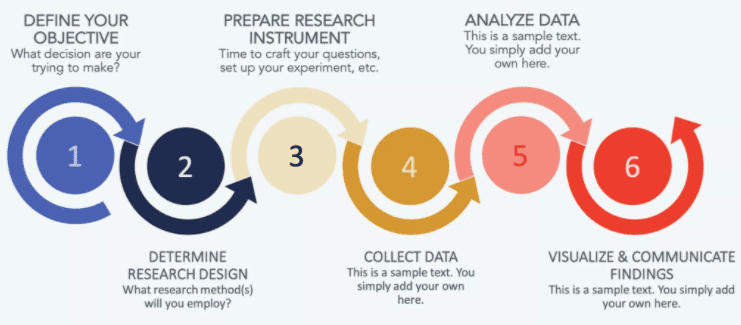
Below we will consider the stages of marketing research – where to start and finish the analysis.
Define the Problem
The correct definition of the problem is the basis of everything. Often, the company “reaps” already the consequences of the problem. So the main thing is to understand exactly what their primary source is. At this stage, choose:
- Goals.
- Indicators.
- Methods.
With these points in mind, you can move on to the next step.
Define the Sample
Since it will not be possible to study the entire population, it is necessary to form a sample – the minimum number of people whose information can be extrapolated to the entire population. Therefore, it is necessary to determine the “target audience” of the study, determine their approximate total number, and calculate the sample.
Carry out data collection
You can collect the necessary information from external sources (customer surveys, Internet searches) and internal (company documentation, employee surveys). Information can be quantitative, qualitative, or combined.
Analyze the results
The analysis of the results can be attributed to the editing of information and its coding. The collected information should be checked for relevance to the study. It is divided into certain categories and often transferred to electronic media (encoded) for further computer analysis. Specifically, analysis can be defined as a comparison of information and its logical presentation, where each subsequent element is a logical conclusion from the preliminary stage.
Compile the Research Report
The report should include only a “squeeze,” presented in an understandable form. For better perception, visualize information in tables, graphs, and charts.
Make Decisions
When presenting research results, it is necessary to talk about the results and not about the research’s process, methods, or nuances. Therefore, before presenting the report, we recommend highlighting its key elements.
Best 5 Marketing Research Example
The rest of the article contains five examples of marketing research that can serve as a basis for forming new strategies or other marketing goals.
The Use of Focus Groups
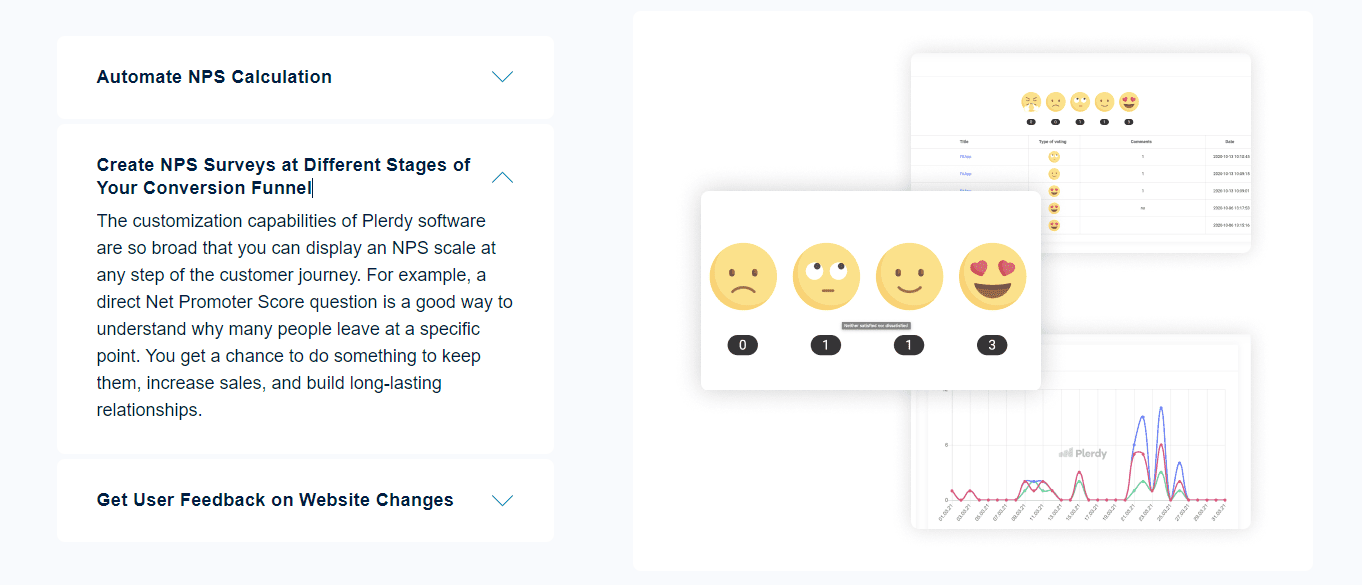
A focus group is an interview of several (6-10) people selected according to certain criteria (place of residence, marital status, income, etc.). The main condition for a high-quality focus group is the primary definition of its goal: an understandable advertising campaign, an up-to-date product, a convenient application interface, etc. According to this goal, questions are formed, which will help solve the task.
One-on-One Interviews

Individual interviews are direct communication with a person where the interviewer asks questions and receives an answer from them. Most of the questions are open-ended. The best interviewer will understand the topic and can ask thoughtful questions. To make the interview useful and unique, you should first study other interviews on the chosen topic and with this particular person. You need to think over the structure of the questions – and in no case send them to the respondent for review.
Using Test Marketing
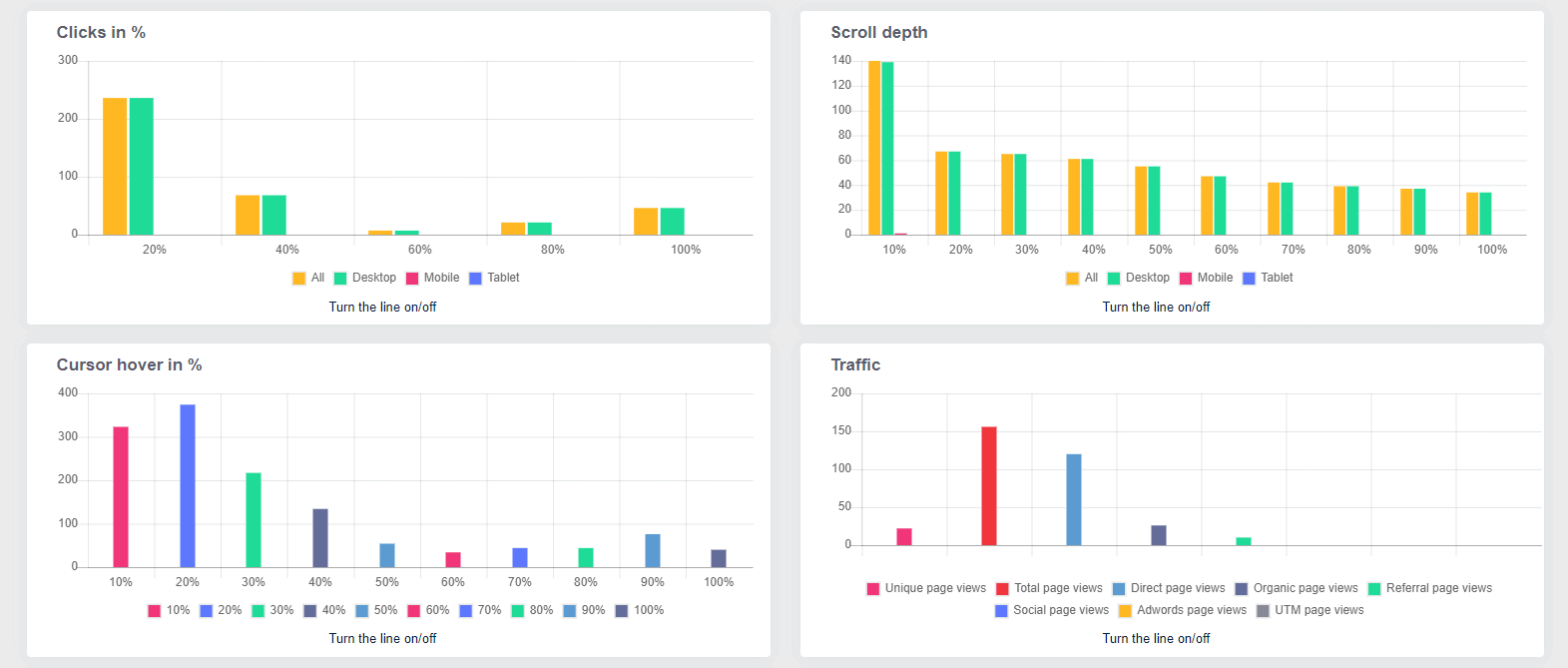
Test marketing examines consumers’ attitudes towards a product and is used before a product is released.
Test marketing is carried out in a certain city, region, or on several sites if we’re talking about an online advertisement. Therefore, people participating in such a study may be informed about it or, conversely, not given a prior warning – to get the most accurate opinions.
Developing The Research Plan
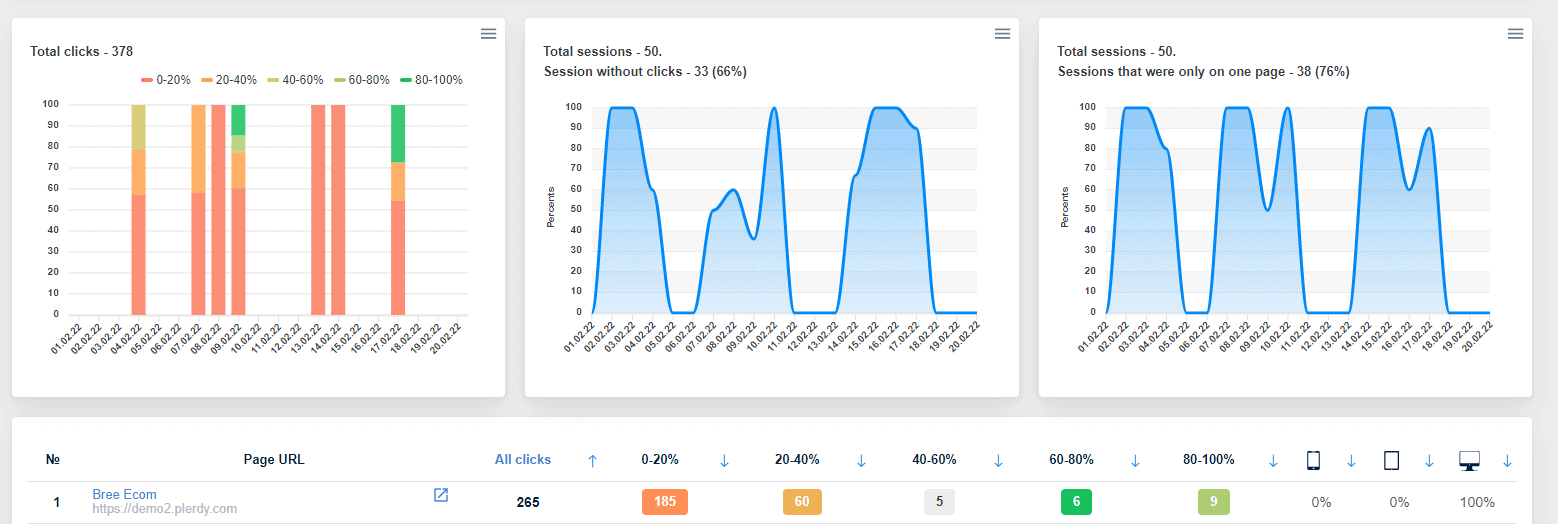
Before starting the study, a plan is drawn up, which indicates the purpose of the study, tools and methods of conducting the study, secondary sources, information on the population and sample. Once the plan is created, it is presented to management for approval.
Research Instruments
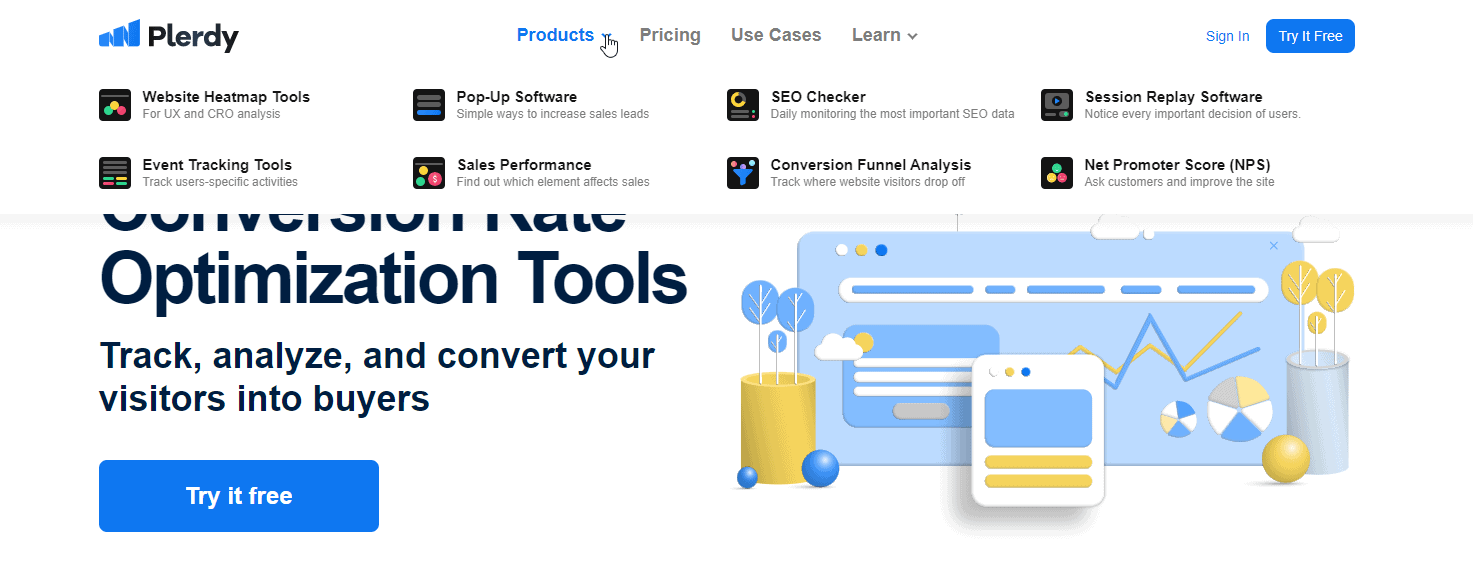
Research tools include all how information can be collected and analyzed. They are divided into several groups: interview, focus, observation, survey research, answers.
Conclusion
A company that makes decisions based on market research will encounter fewer errors and a lesser need for experiments. Communication with customers becomes of high quality, the satisfaction of their needs and service increases. Marketing research is the backbone of any marketing strategy.
